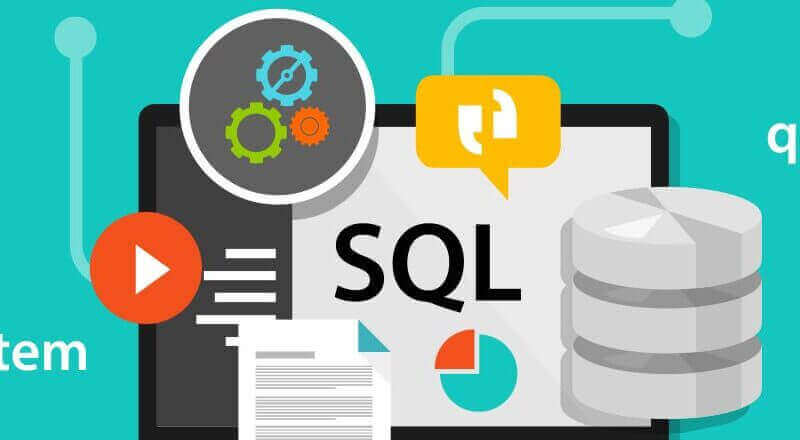Getting a realistic software development cost estimation is not an easy task. You need to take into account many factors to avoid any overestimation or underestimation of time and cost during the software development process.
Have a look at the following tips to arrive at precise and accurate estimates:
Table of Contents
Understand The Project Requirements
The first step in getting a realistic estimate is to understand the requirements of your client. Before you even begin working on their project, ask questions about what they want and make sure that you understand them. If there are any unclear elements or details, document those in order to avoid confusion later on during development.
Resolve The Client’s Doubts About The Project
You should also be prepared to resolve your client’s doubts about the project. It is a perfect time to do this because it’s not only your chance to prove that you’re the right person for their project but also a chance for them to see how much progress has been made on it.
For example: if they’re worried about whether or not they’ll be able to afford all of their requirements, you can show them how much money has been spent thus far and explain why each cost is necessary. You can even go so far as showing mockups of what some of these features will look like in action!
Consider Non-functional Requirements
Non-functional specs serve a different purpose than functional requirements, which typically explain ‘what’ a system must do. It is critical to address non-functional requirements, which describe ‘how’ the system should function.
Non-functional needs may have a variable amount of importance and relevance depending on the type of project or business. The implementation’s complexity may also influence the adoption of non-functional needs.
Scalability, performance, high availability, security, usability, interoperability, and maintainability are examples of non-functional requirements. When discussing the project with your software development partner, be prepared to address all of these concerns. They are critical for project planning and can have a considerable impact on estimating.
Man-Hours VS Time Frame
This is a ratio that has a direct impact on the assessment of overall software costs. You must decide how fast you want the job to be completed. If you want to complete the job quickly, you need to have more hands on deck, which increases man-hours and costs.
A competent vendor with a skilled staff may not require extra man-hours because competency regulates the working pace. Competence will result in a low estimate since both man-hours and project duration will be reduced.
Calculate The Project Risks
All software development initiatives entail hazards that you should thoroughly investigate. Typically, software providers incorporate expenditures to offset risks in their estimates. Therefore, discuss potential hazards with your vendor.
The selection of third-party integrations, for example, might be a risk concern. Another type of risk is failing to follow relevant regulatory regulations. Your risk management team must factor all risks into the estimation process to ensure that the project plan and delivery go smoothly.
Break Down Work Packages
When you break down work packages, they should be the same size as tasks—that is, one task per person. If a team has 10 people and each one is responsible for 3 to 5 tasks, then your project will have between 30-50 work packages. A good rule of thumb for estimating cost for software projects is that if each person can do two different things on their own (for example: build an app with ReactJS or write some code), then you can estimate them separately.
You must define measurable work packages with clear start and end dates; this makes it easy for everyone involved in the estimation process so that everyone knows what needs to happen before the next meeting because there won’t be any confusion about who’s responsible for what stage of development or completion date.
Set Up A Milestone Plan
The first step to getting a realistic software development project estimation is setting up a milestone plan. A milestone plan is a way to track project progress and make sure that you don’t miss any deadlines. It can also help you get more accurate estimates from your clients, which will make them happy and keep them on board with your projects.
Milestone plans are great for helping clients stay on track with their projects. Because they know exactly what needs to be done and when instead of just guessing how much time it will take based on other people’s experiences. If everything goes according to schedule, there won’t be any problems or delays in finishing work until all tasks have been completed, so everyone can move on to the next phase without worrying about whether or not things are going smoothly enough yet!
Conclusion
The software development cost estimation process is complex and paves the way for human error. To arrive at an accurate number, you need to consider many factors that directly or indirectly impact the project cost. One of the cost-effective and efficient alternatives is to hire a software development consulting company like InvoZone, to achieve precision in the cost estimates. It will save you time and highly reduce human errors.
Meta Description: Facing errors in your software development cost estimations? Adopt these 7 tips to avoid making mistakes and achieve precision.


